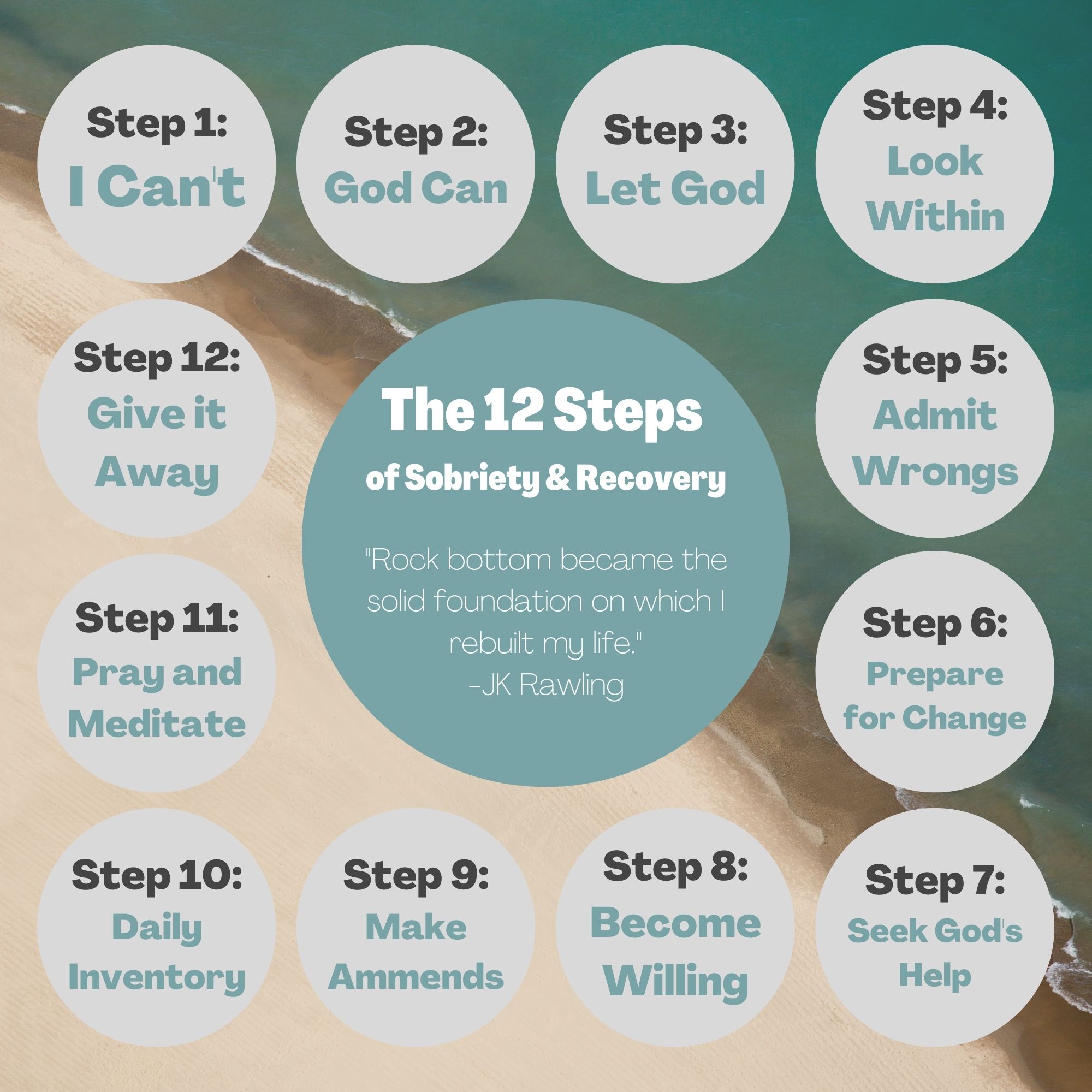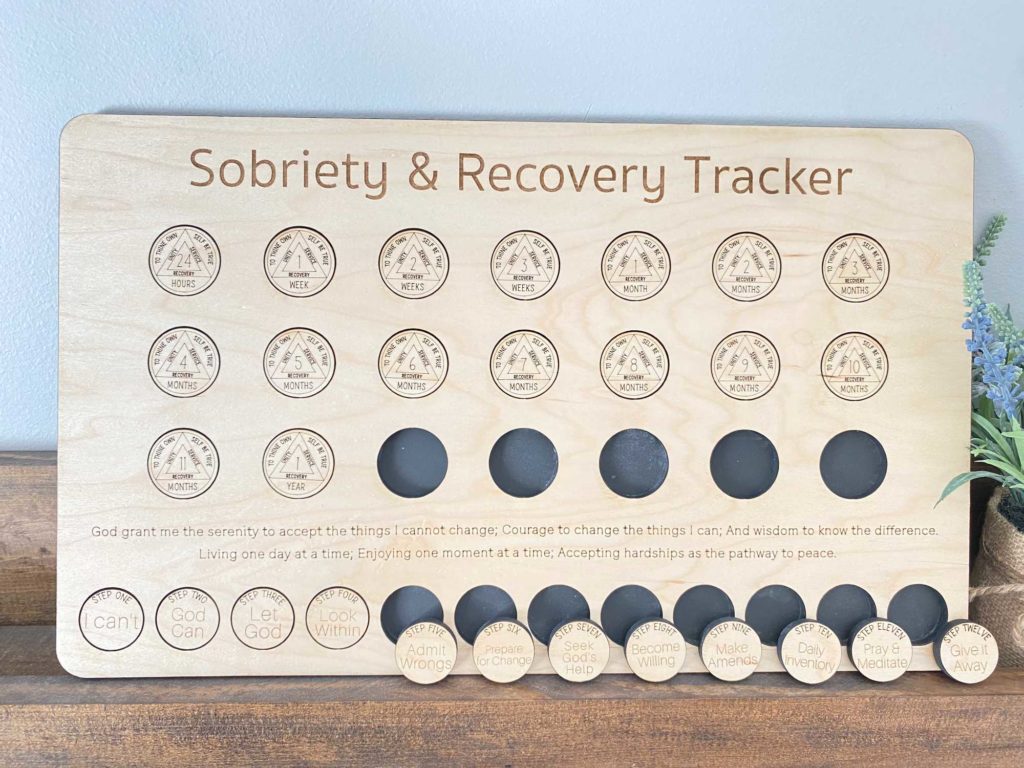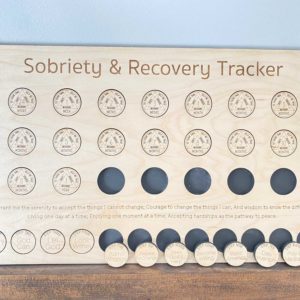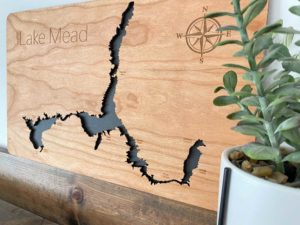
Top 50 US Ghost Towns
Spooky, haunted, eerie, and creepy may be some of the

The 12 Step Program. You’ve heard of it. I’ve heard of it. And you may have a certain stigma attached to the idea of it (maybe not…I don’t actually know who you are.) But what is it? I’m so happy you asked. From the limited life experience of a 31 year old white female, allow me to introduce you to the 12 step program: a life-changing tool for anyone who wants it.

“Rock bottom became the solid foundation on which I rebuilt my life.”
-JK Rawling
Life can be shitty. Overwhelming. Hard. Scary. Too much. And us silly humans aren’t always great at managing the too-muchness of life. Instead of letting ourselves feel the overwhelm; the hard; the scary. We push it away. We run from it. We mask it. We try to numb it out with alcohol, drugs, opioids, sex, work, gambling, food, and any other vice you can think of. And that my friends, can be the beginning of an addiction for some people. So now we have the general overwhelm of life combined with an addiction, and we drown.
This is where many people would say they hit “rock bottom.” Now lucky for us, “Rock bottom can become the solid foundation on which we rebuild our lives” (adapted from J.K. Rowling). But how? Where do we start? What do we do? Honestly, there’s not one right or magical way to rebuild your life (sorry to burst your bubble). Rebuilding can include a plethora of things, including, but not limited to: therapy, self-help books, medication, mindfulness, and yes, you guessed it, the 12 step program. Millions of people across the world have turned to a 12 step program to help them overcome addictions, get sober, and rebuild their lives. They will swear up and down that it changed them. And I believe them. Because I tried it.
In the introduction paragraph of this blog, I stated that the 12 step program is a life-changing tool for anyone who wants it. And I mean anyone. You do not have to have an addiction to use the 12 steps in your own life. Several years ago, I had a close friend who was struggling with addiction, couldn’t find sobriety, and wanted to change his life. He found a 12-step group, made a sobriety plan, and made shit happen. As his close friend, I chose to join a support group for friends and family of those who struggled with addiction. And to my surprise, the support group also used the 12 step program. And I became a firm believer that the 12 steps should be a part of everyone’s lives. They’re that good.
Ok ok, so now I’ve talked them up and convinced you to ____ (insert whatever it is you feel you want to do now: join a 12 step program, stop judging people who participate in 12 step groups, better support a friend struggling with addiction, etc.). But what actually are the 12 steps? Again, I’m happy you asked (I know you didn’t actually ask, but just humor me and keep reading, K?).
The very first 12 step program began in the 1930’s as Alcoholics Anonymous. The original 12 steps were written down in a book that is now commonly known as “The Big Book.” This book is still widely used today by many groups. But the 12 steps have also been adapted in many ways, so you can go out and find a version that feels like the best fit for you. Nonetheless, the main idea of the 12-steps remains the same across the board. And now, the moment you’ve been waiting for, I present to you, the 12 steps of recovery:
Step one is all about surrender. We have to surrender to the fact that we are in fact overwhelmed, that we do in fact need help, and that we definitely cannot figure this out on our own. And before you try to say that this doesn’t apply to you because you’re not an alcoholic, I’m sure there’s something in your life that feels out of your control or overwhelming. So insert that thing in place of “alcohol.” This step feels very ironic: In order to rebuild our lives and reclaim control, we have to first admit that we actually are not in control at all.
Ok atheist, I see you. You’re rolling your eyes because you don’t believe in God. And that’s fine. This step can still work for you. Step 2 requires us to believe that a higher power (that can literally mean whatever you want it to mean) can help us.
This is the step where we actually give up our control completely. Steps 1 and 2 are the building blocks to this. This is where we say “Ok ____(God, Higher Power, Universe, Nature, etc.), my attempts to control this chaos have made it worse. So it’s all yours. Have a go!” And then we let go. We free fall. And pray like hell that something catches us.
Fair warning, this step sucks. At first. Just kidding, it sucks the whole time you’re working on it. But it’s one of the most life changing steps, so don’t skip it. This step asks you to list all of your “character defects” (though I hate that term, so I change it to “actions, thoughts and behaviors that have not necessarily helped you out in your life.”). This step requires you to step out of your shame and view yourself from a place of kind curiosity, not self hate. I highly recommend you work with a therapist on this step. Actually on all the steps.
If you think step 4 sounds hard, just wait. It gets better. Step 5 is where you own your shit from step 4. You own it personally, and then you speak it out loud to another human being. But not to the people who you may have hurt….yet (see step 9 for more fun!).
After we’ve personally owned our shit, we get ready to let go of it. Don’t worry, you don’t have to completely let it go at this point. Baby steps.
Now you get to let go of all of the things that aren’t serving you well (aka character defects). And give them to your higher power. This step is all about humility. And as is true throughout each of the steps, “God” or “higher power” can be interpreted however you want it to in order to make this step work for you.
When we’re stuck in overwhelm, addiction, trauma, and pain, it’s very common for those closest to us to become collateral damage (or even primary targets) to our chaos. That doesn’t mean you’re a bad person. It just means that hurt people hurt people. And it also doesn’t excuse you from recognizing the damage. Several of the steps are simply writing down lists. This is another of those steps. Followed by finding the desire to apologize and make it right.
Now you take that desire (or willingness – desire is a strong word when it comes to apologizing straightforwardly for the shit storm you created in their life), and present the apologies. Again, I strongly suggest working with a therapist before actually apologizing. They will help you get straight to the point with your apology and help you eliminate the fluff (minimizing, excusing, gaslighting, etc.) that may cause more damage.
Ready for this? Now you take steps 4-9, and work through them on repeat for the rest of your life. Intimidating? You betcha. Empowering and liberating. Absolutely.
Step 11 is basically saying, “ok look silly and amazing human. One of the reasons we got into this mess is because we lost contact with a higher power. So let’s not do that again. Ok? ok.”
So this is me, trying to give it away. You’re welcome. Alcoholic or not, the 12 step program will change your life.
If you know someone who has been brave enough and authentic enough to choose the road to sobriety and recovery (yes, they are two very different things), and chosen to work the 12 step program, then you know that every milestone, no matter how small or large, is a big freaking deal. So let’s celebrate that. And them. And you. I designed and built this Sobriety and Recovery Tracker as a way to proudly display and celebrate every victory along the journey.
The board has 28 sobriety chips to track your progress from day 1 to year 5. The wooden sobriety pieces are interchangeable with most sobriety chips you would receive in a 12 step group. The serenity prayer (which is amazing, by the way), is also engraved on the board. And the 12 steps are at the bottom of the board, giving you a visual way to track your recovery progress.

Whether you get this board to cheer yourself on, or as a sobriety gift for a loved one, I hope you display it with pride. Choosing recovery means choosing an authentic life; an intentional life; and a beautiful life. That’s something to be damn proud of.
What’s that you say? You’re going to join a local 12 step program group and attend a meeting tonight? That’s fantastic! I think you’ll be surprised to find just how many 12 step groups exist in your local area. This website and this website are both wonderful resources for finding a local or online group that is the best fit for you. There’s also a really cool app called The Meeting Guide App that can help you find local 12 step groups. You can download it for Apple here. Or for Android here.
Whatever it is you now feel motivated to do (participate in a 12 step program, better support a loved one, judge less, etc.), you’ve got this! In the words of Adam J. Kurtz (Definitely go follow his Instagram) “It’s not all sunshine and rainbows, but a good amount of it actually is.” So let’s embrace both the hard and the beautiful and live our lives with more intentionality. I promise it’s worth it.
Here at Whake Studios, we’re all about supporting people through their highs and lows, and helping them reach their goals and dreams! Looking to lose weight? Check out our weight loss blog post for a unique solution. Want to travel the world (or just the US)? Check out our National Parks Travel Guide. Whatever it is you want to do, let us help you!

Spooky, haunted, eerie, and creepy may be some of the

Lake Mead National Recreation Area in Arizona and Nevada is

With 45 state parks, Georgia has so much beauty to
FREE SHIPPING ON ALL ORDERS! Dismiss
Sign up to enable discounted rates!